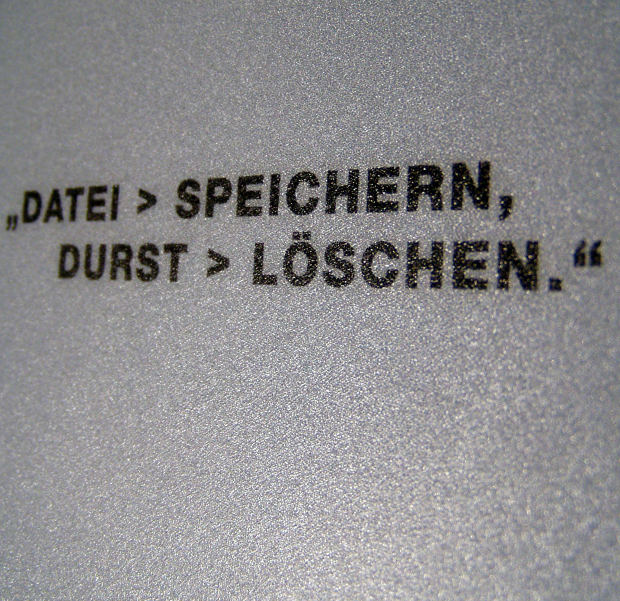Foreign Language Text Message Translations Services
Foreign language text message translations are often needed in criminal and civil cases. The question of whether foreign language text messages can be admitted as evidence in court is a difficult question with little direct case law to support an argument one way or the other. Instead, the best that can be done is to examine the question within the framework of the law of evidence for electronically stored information (ESI) and the rules for foreign language translations.
Can Foreign Language Text Messages be Used in Court?
The starting point for examining whether a text message (foreign language or not) is the same as with any piece of evidence, by asking the following questions:
1. Is the ESI relevant? For this, the answer is in FRE 401, which has one ask “does the ESI have any tendency to make some fact that is of consequence to the litigation more or less probable than it otherwise would be?
2. If relevant, is it authentic? FRE 901(a) requires the proponent to show that the ESI is what it purports to be.
3. Is the ESI hearsay? Is it offered for its substantive truth? Is it hearsay as defined by FRE 801? Is it covered by an applicable exception under FREs 803, 804 and 807?
4. Is the form of the ESI being offered an original or duplicate under the original writing rule? Is there admissible secondary evidence to prove the content of the ESI under FREs 1001-1008?
5. Is the probative value of the ESI substantially outweighed by the danger of unfair prejudice or is it otherwise inadmissible under FRE 403?
Admitting Foreign Language Text Messages as Court Evidence
Step One: Relevance of Foreign Language Text Messages
In general, it can be said that showing the relevance of ESI evidence is rather easy and straight forward. The ruling will depend entirely on the issue and purpose for which it is being offered. When the ESI is in a foreign language, more often than not in order to demonstrate relevance a certified foreign language translation to English will be required via the services of a professional, certified foreign language translation service.
Step Two: Authentication of Foreign Language Text Messages
This is where the process often becomes complicated due to its immense proportion of what one court has called ‘a virtual cesspool’. According to the ruling of St. Clair v. Johnny’s Oyster & Shrimp, Inc.: “While some look to the Internet as an innovative vehicle for communication, the Court continues to warily and wearily view it largely as one large catalyst for rumor, innuendo, and misinformation…thus, the web provides no way of verifying the authenticity…”
With this in mind, authenticity requires that the proponent offer admissible evidence from which the jury can reasonably conclude that the ESI is what it is claimed to be. To accomplish this, in order to admit ESI under the Federal Rules of Evidence, the following must often be met:
• FRE 901(b)(1): Authentication by “testimony that a matter is what it is claimed to be”. In the case of a text message, this could be accomplished by a cell phone bill or record.
• FRE 901(b)(3): This rule allows authentication or identification by “comparison by the trier of fact or by expert witnesses with specimens which have been authenticated.” This too can be satisfied by official records.
• FRE 901(b)(4): Authenticated or identified by “appearance, contents, substance, internal patters, or other distinctive characteristics, taken in conjunction with circumstances.” In practice, this is the most common rule for authenticating electronic information. Admissible evidence relating dates, screen names, email addresses and identities, nicknames, web addresses and conversational references to the content have been found to be sufficient authentication under this rule.
Specifically as to text messages, the issue as to authentication becomes problematic as messages can easily be posted by third parties, meaning a showing a chain of custody can be challenging. Thus, text messages are often authenticated using a combination of 901(b)(1) and 901(b)(4).
Step Three: Hearsay
Hearsay issues tend to be pervasive when ESI evidence is being introduced. The main questions the proponent must consider include:
• Is the evidence a statement under FRE 801(a)?
• If so, was it made by a ‘declarant’ under FRE 801(b)?
• If so, is it being offered to prove the truth of its contents, as provided by Rule 801(c)?
• If it excluded from the reach of the hearsay by Rule 801(1)?
• If its hearsay, is it exempted and admissible under Rules 83, 804 or 807?
Step Four: Original Writing
Rule 101 makes it clear that the original writings rule applies to electronic data. Rule 1002 requires that in order to prove the contents of the item, the original must be introduced, except as otherwise provided in the rules of other laws – which, needless to say, is where the difficulty is for text messages. However, according to rule 1001(3) states that the ‘original’ information stored in a computer or electronic device is the readable display of the information on the computer screen, the hard drive or other source where it is stored, as well as any printout or output that may be read, so long as it accurately reflects the data.
The Final Step
If the ESI has made it through the four above steps, the final step is to satisfy FRE 403, which requires the balancing of the probative value against the dangers of unfair prejudice, confusion of the issues, misleading the jury, considerations of undue delay, waste of time, or the needless presentation of cumulative evidence.
Contact our legal translation service to obtain certified translation of foreign text messages and inquire about emoji translation services for your hearing or trial.
Save
Save
Save
Save

